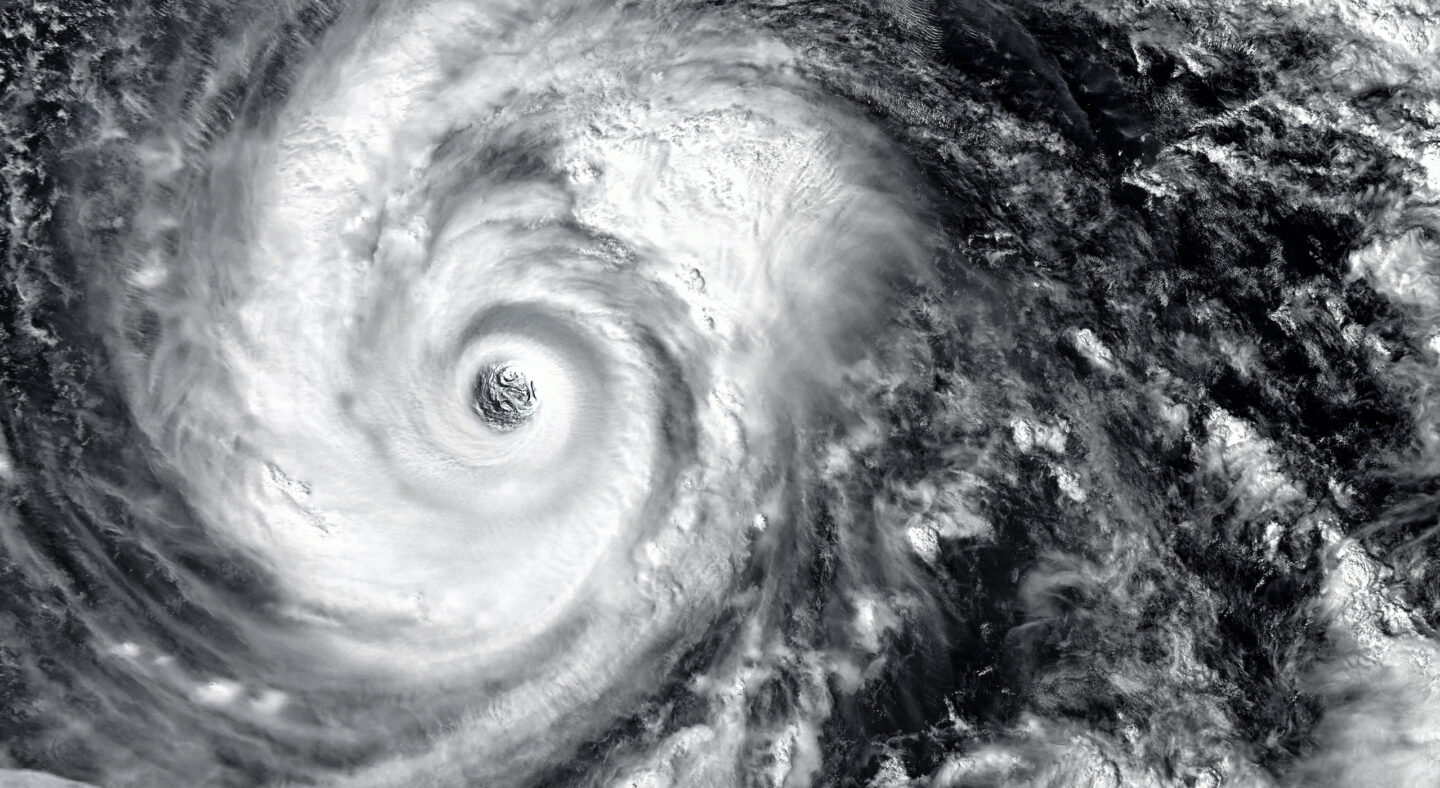How shippers can stay proactive during an active hurricane season

By: Mollie LeBlanc, Vice President of Operations, Uber Freight, and Nathan Adams, Vice President of Transportation and Procurement, Uber Freight
Hurricanes impact supply chains in many ways, from damaging highways and ports to causing capacity crunches amid relief efforts. And this year, our industry could be vulnerable to a particularly turbulent hurricane season.
The National Oceanic and Atmospheric Administration (NOAA) predicts an 85% chance of an above-normal 2024 Atlantic hurricane season, fueled by La Niña and warmer-than-usual ocean temperatures. Forecasters also predict as many as 25 named storms (compared to the average of 14 named storms annually), with nearly seven becoming major hurricanes of category three or higher.
In the decades we’ve worked in supply chain management, we’ve experienced hurricane disruption firsthand, including Hurricane Katrina and Sandy. In the wake of these disasters, logistics teams are on the front lines of recovery: whether it’s quickly diverting supplies to communities in need or rerouting journeys to ensure shipments are completed safely.
While supply chains are vulnerable to weather events like hurricanes, they can prove resilient. The key is having a proactive plan ready to implement when a storm is forecast to hit. Ahead of hurricane season’s peak from August to October, our team at Uber Freight is committed to helping shippers accomplish this—particularly through contingency planning, improving network visibility, and building strong carrier relationships.
Create contingency plans based on network needs
It’s vital for logistics teams to pre-plan as much as possible. When we work with our managed transportation customers, we aim to make this process productive and tailored to their specific network needs.
Together with our customer’s logistics team, we map out the specific routes and shipments that could be impacted by a storm, offer alternative trucks or other modes of transportation to rely on, and recommend how to quickly adapt procurement strategies after the storm has passed.
For example, if our customer is a large retailer responsible for contributing to post-hurricane relief efforts, we would work together to build a contingency that identifies:
- The right fleet to move goods once a storm has passed (such as a dedicated or private fleet).
- The specific products they’ll need to ship, such as water, canned food, clothes, and hygiene supplies.
- The ideal routes to quickly ship the goods en masse to an emergency operation center.
- Staging critical freight outside the impact zone, so teams can react quickly once the hurricane passes
- A plan to reposition freight as new needs arise
Having a plan for any type of hurricane scenario is crucial for shippers—and it’s equally valuable to have access to logistics technology to strategically execute that plan.
At Uber Freight, our suite of logistics software solutions are designed to help teams successfully manage contingency plans, with benefits such as enhanced visibility into network activity and efficient ways to secure alternative capacity.
Real-time visibility is key to making strategic decisions
Knowing what’s happening across a network, as soon as it’s happening, is vital in the event of a hurricane. Real-time visibility helps logistics teams make quick and smart adjustments, such as diverting shipments through safer, alternative routes.
Companies exporting their cargo via ocean routes along the East Coast, for example, will need to quickly capture data around what ports, coasts, and areas at sea are at risk of hurricane impact. This will enable them to map out alternative plans that make the most sense, whether it’s having a vessel ride out the storm at sea or at a port terminal.
Access to technology that offers real-time network visibility can help shippers efficiently adapt to these events. At Uber Freight, we help customers onboard visibility tools including the Uber Freight TMS, which uses freight tracking software to produce updates every 15 minutes for accurate and timely information, accessible within a map-based dashboard. Our customers can use this to quickly pinpoint shipments for rerouting—eliminating the need to manually track loads and delay critical adjustments.
Build strong carrier relationships to navigate capacity crunches
If there’s one event we can predict in a hurricane’s aftermath, it’s that the freight market will turn upside down for the next few weeks or months. Government organizations such as FEMA typically contract with large trucking companies to move their supplies, making capacity tighter and rates higher for shippers of any size.
Businesses can successfully manage these capacity crunches by prioritizing productive carrier relationships. When shippers form long-term, fruitful partnerships with carriers, it’s more likely they’ll commit to last-minute emergency needs. Our team can help facilitate these types of relationships, as we provide access to a vast network of carriers that can meet the specific requirements of shippers.
Logistics teams can also better adapt to weather events by having an agile procurement plan in place to secure alternative capacity. Adopting automated solutions such as procurement software helps teams make smarter and faster decisions for their supply chains, with insights from market data, historical network data and performance history.
———————
When a hurricane makes landfall, it can have a volatile effect on supply chains. Logistics teams often have to make decisions on the fly to adapt. It’s never too late to prepare for any scenario—and never too late to enlist a logistics partner to support.
Managed transportation partners such as Uber Freight are here to help logistics teams prepare successfully. Our team arms shippers with the solutions and expertise needed to stay ahead of supply chain challenges during this year’s hurricane season and beyond.



